We face numerous tasks in electronics. Every task requires a different approach and different instruments. For example, an electrician working in HVAC(High-volt AC) needs different instruments from a DIY user.
The same is true for the clamp meter. There are many types of clamp meters dedicated to a specific task. Each clamp meter is designed for targeted users, specific functions, and special conditions.
Based on these factors, clamp meters are classified into different types. Each type signifies a specific workplace. We have clamp meters for HVAC, AC, and DC. Physical features of clamp meters or their components can also make another group. Internal circuitry, number of functions, and method of reading can also categorize clamp meters.
Hence, through this blog, we will tell you the different types of clamp meters. Moreover, we will also discuss each type of clamp meter.
So stay with us until the end…
What are the Different Types of Clamp Meters?
We have different types of clamp meters in the market. Each clamp meter is designed for a specific task.
Thus each clamp meter is different from others in internal structure, shape, function, and accuracy.
Types of Clamp Meters
We have classified clamp meters according to many factors. These factors may vary from author to author.
In our blog, we selected a few key points to categorize clamp meters. These factors are, at this moment, discussed in detail.
1. Mechanism/Method
This category is based on the internal circuitry of clamp meters and its method of taking readings. This group is diverse and expendable.
This group contains the following clamp meters…
a. Digital Clamp meters
Digital clamp meters are advanced clamp meters. It displays the measured value as digits on LCD or LED. The internal circuitry is made up of solid-state semiconductors with no mechanical parts.
The accuracy of these clamp meters is higher than other clamp meters. Hence it is widely used.
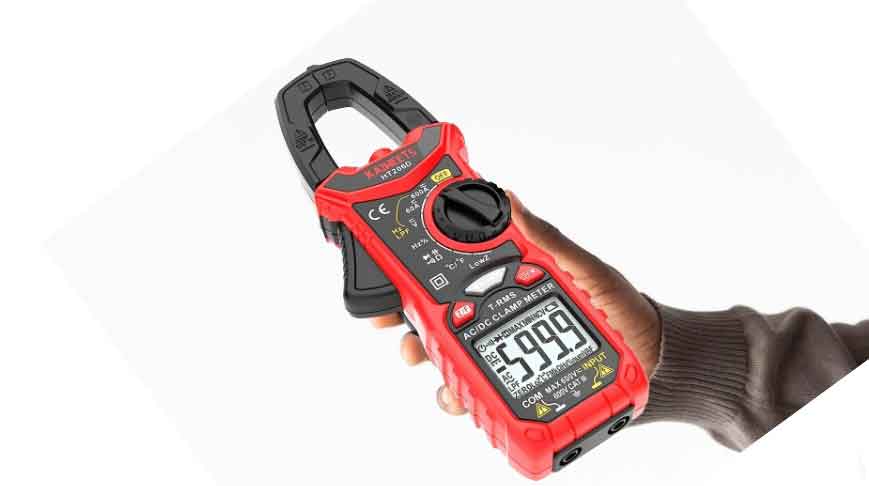
Moreover, these types of clamp meters are easy to use and scarcely prone to damage.
b. Analog Clamp meters
The analog clamp meters are simple and light. It works on the principle of electromagnetic force. A simple motor operates the whole operation.
As current is induced through the clamp jaw, that current is further passed through a wire placed in a magnetic field. The rotator moves and shows reading on an analog display.
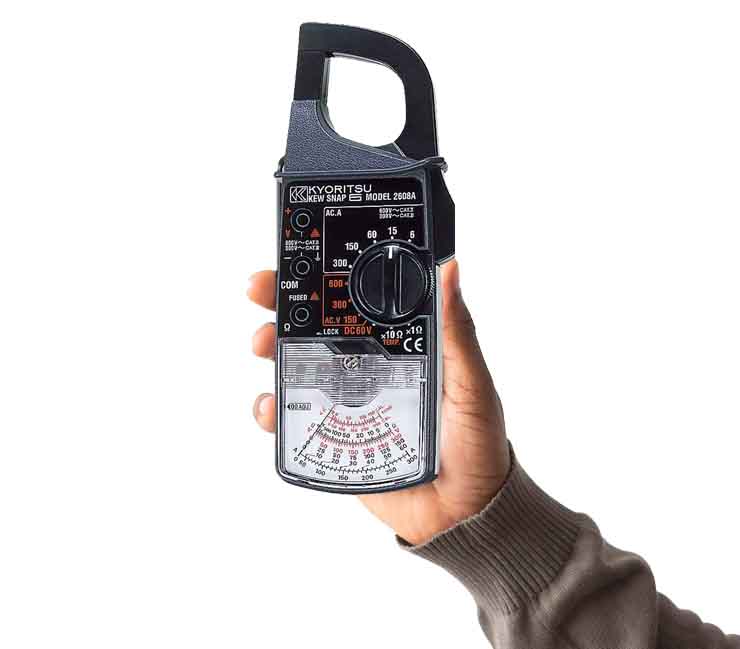
These clamp meters are weak and prone to damage. Commonly, it is used in laboratories for teaching purposes.
c. Wireless Clamp meters
Modern clamp meters focus on safety and record-keeping. For this purpose, many modern clamp meters, like Fluke 902 FC (Amazon link), are equipped with wireless measuring facilities.
Commonly, Bluetooth is used to connect these clamp meters with smartphones.
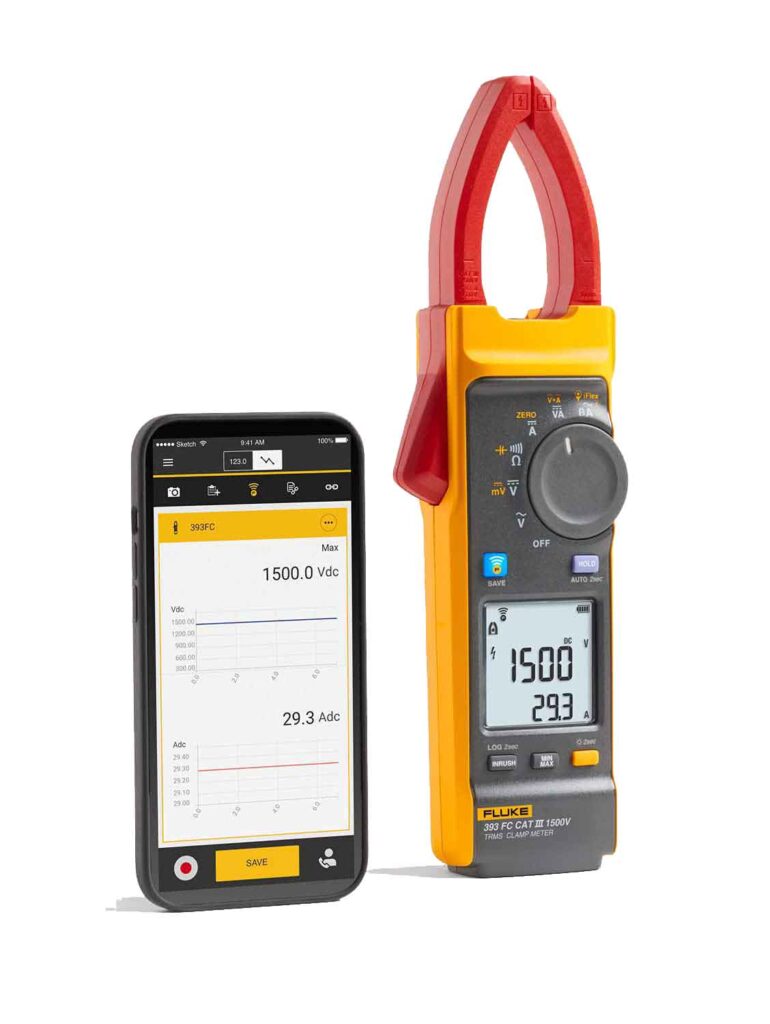
This wireless capability enhances safety and makes us able to record the reading. Due to this, we can understand the behavior of a circuit by sitting at a safe distance.
d. CT Clamp meters
CT stands for Current Transformer. As we know CT is used for measuring high current in grid stations. Likewise, these clamp meters are equipped with CT to measure the current of high values.
The value of the current is high in different cases. For example in industries, we witness high current. CT clamp meters are specially designed for these purposes.
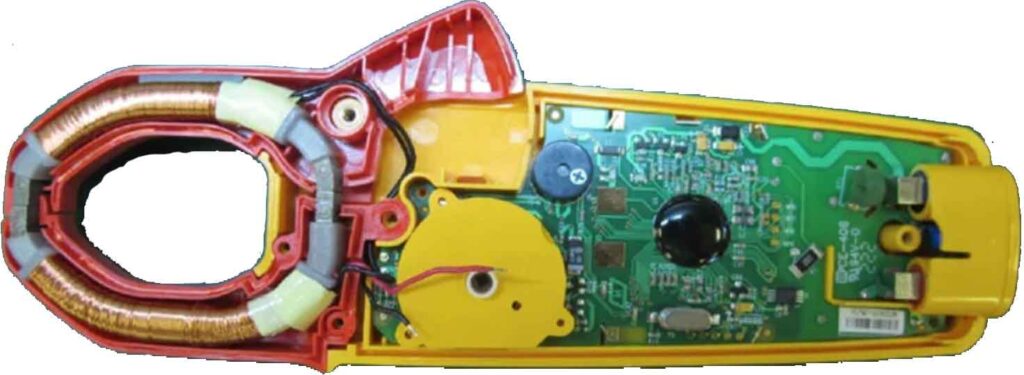
It not only makes us safe but also completes the task with maximum efficiency.
2. Function
As we discussed earlier every clamp meter is dedicated to a specific task. It means they are good only in that special area.
These clamp meters lie in the following types.
a. AC Clamp meter
Primarily, clamp meters are designed for measuring AC. Hence, these types of clamp meters are only dedicated to measuring alternating current with maximum accuracy.
AC clamp meters are the first to introduce clamp meters in electronics. After the advancement, other functions were included.
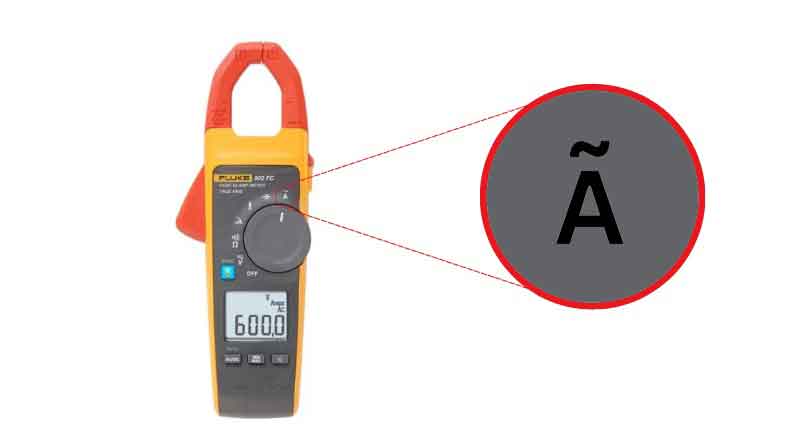
As we are talking about AC, the reading must be accurate and in True RMS (Root mean Squared value). True RMS gives the equivalent DC value of the AC with maximum accuracy.
b. DC Clamp meter
This type of clamp meter is specifically designed to measure DC with maximum accuracy. There is a slight change in the circuitry of the AC clamp meter to make it able to measure DC.
Clamp meters are also available with dual options (measuring both AC and DC). Again, the accuracy of these clamp meters may be affected when it is used for high-volt DC.
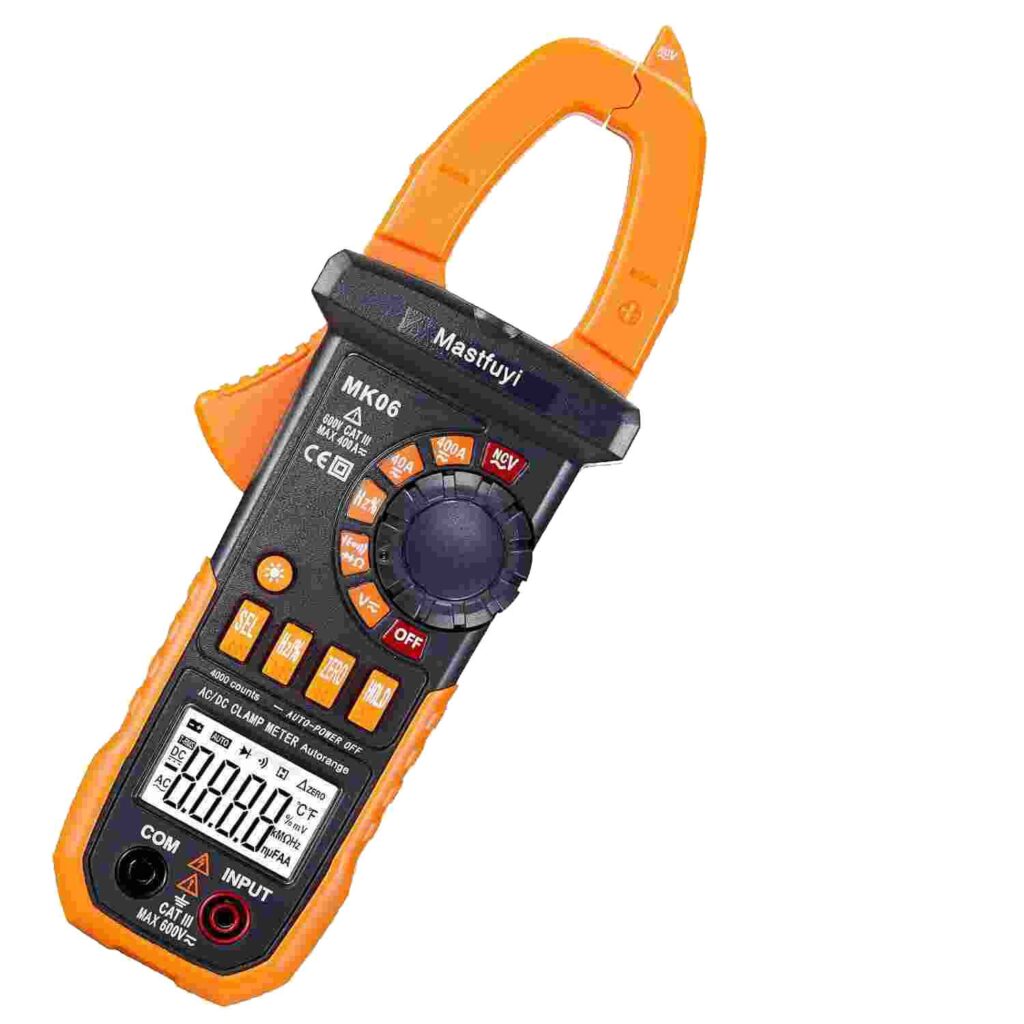
Hence, the DC clamp meter helps us to measure high-volt DC without rendering any harmful ways.
c. Power Clamp meter
Electric Power is the multiplication of electric current and electric voltage. The power clamp meter measures high current and high voltage. Thus, it is beneficial for measuring power in high power lines.
We can also use this clamp meter for low current and voltage. Again, these clamp meters are effective for high and low power.
Commonly, electric power suppliers use these clamp meters to get a clear picture of power consumption.
d. HVAC Clamp meter
Whenever voltage increases, many problems occur at the same time. Arc and spark are a few to mention.
To deal with it, this special clamp meter helps us to measure current as well as voltage in high-voltage lines.
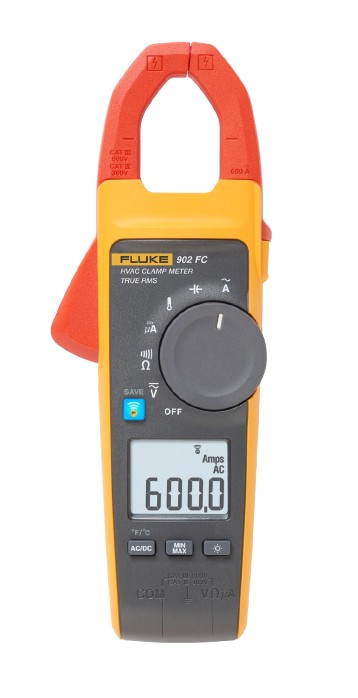
We have already listed some of the best clamp meters for HVAC on our website. These clamp meters are specially designed to withstand the brunt of high voltage in AC.
3. Physical Features
Physical features are important for a clamp meter. It tells us the endurance, durability, toughness, and smartness of a clamp meter.
We have the following categories for it.
a. Mini Clamp meters
The size of a clamp meter is equally important as other factors. Mini clamp meters enhance the ability of users to use clamp meters beyond their workspace.
Commonly, field engineers use these clamp meters for assessment and inspecting a project.
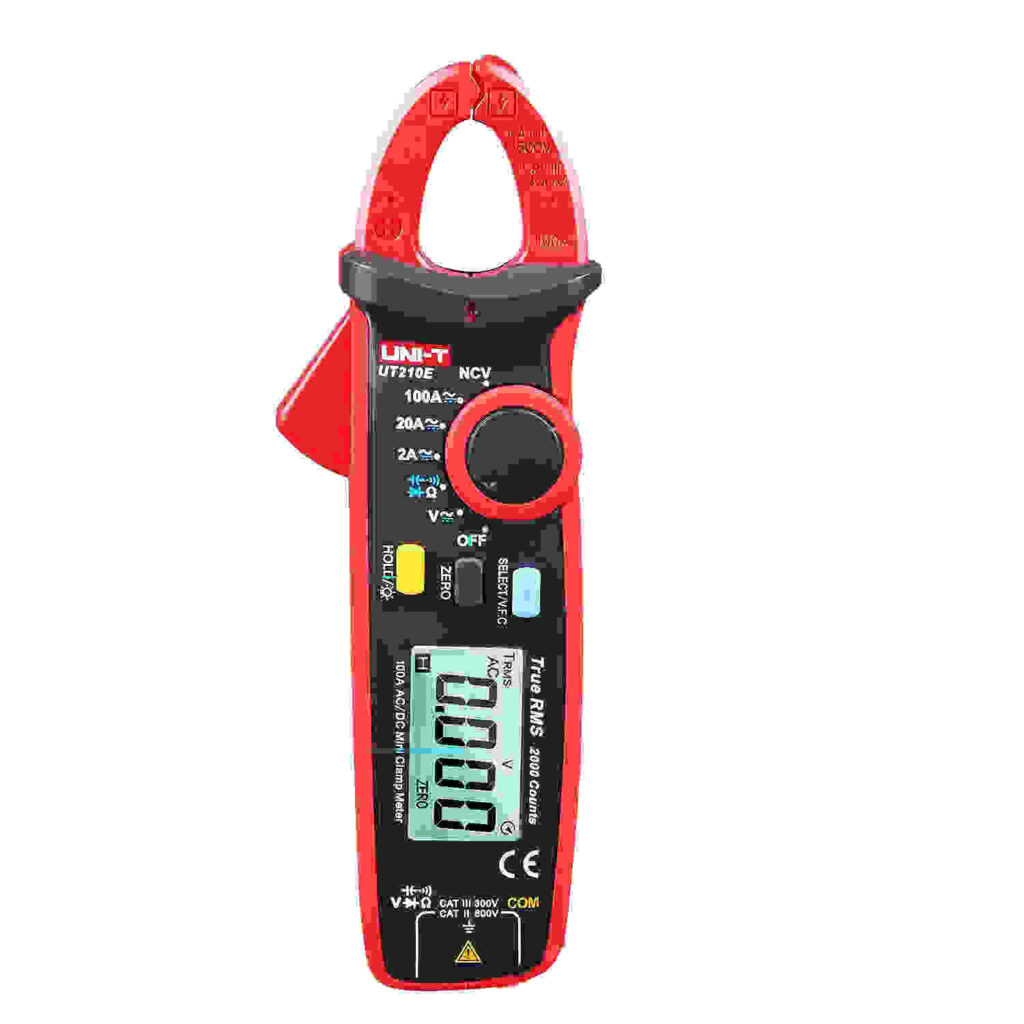
However, their accuracy and performance are plausible because their size is small.
b. Flexible/Durable Clamp meters
A clamp meter sustains the burden of harsh conditions and the tough environment of the field. Hence, a good clamp meter must be tough and durable.
As mentioned earlier, these clamp meters are specifically designed for tough conditions. These may not be suitable for research purposes.
A good clamp meter must show its toughness besides accuracy.
Conclusion
Clamp meters are designed for special tasks. We cannot fit a single clamp meter in every task. This may result in some serious damage.
Clamp meters are divided among categories due to some factors. These factors are clamp meters’ internal mechanism and measuring method, function, and physical features.
The internal mechanism and measuring method tell us the structure of clamp meters. It tells us the ability to clamp meters. Digital, analog, wireless, and CT clamp meters lie in this section.
According to function, clamp meters are categorized into AC clamp meters, DC clamp meters, Power clamp meters, and HVAC clamp meters. The qualities of each are obvious from their names.
Physical features like size, toughness, and durability also signify a specific category of clamp meters. These clamp meters are commonly used in fieldwork.
I hope we made you understand the different types of clamp meters.
Stay tuned for other exciting posts.
Other useful posts:
